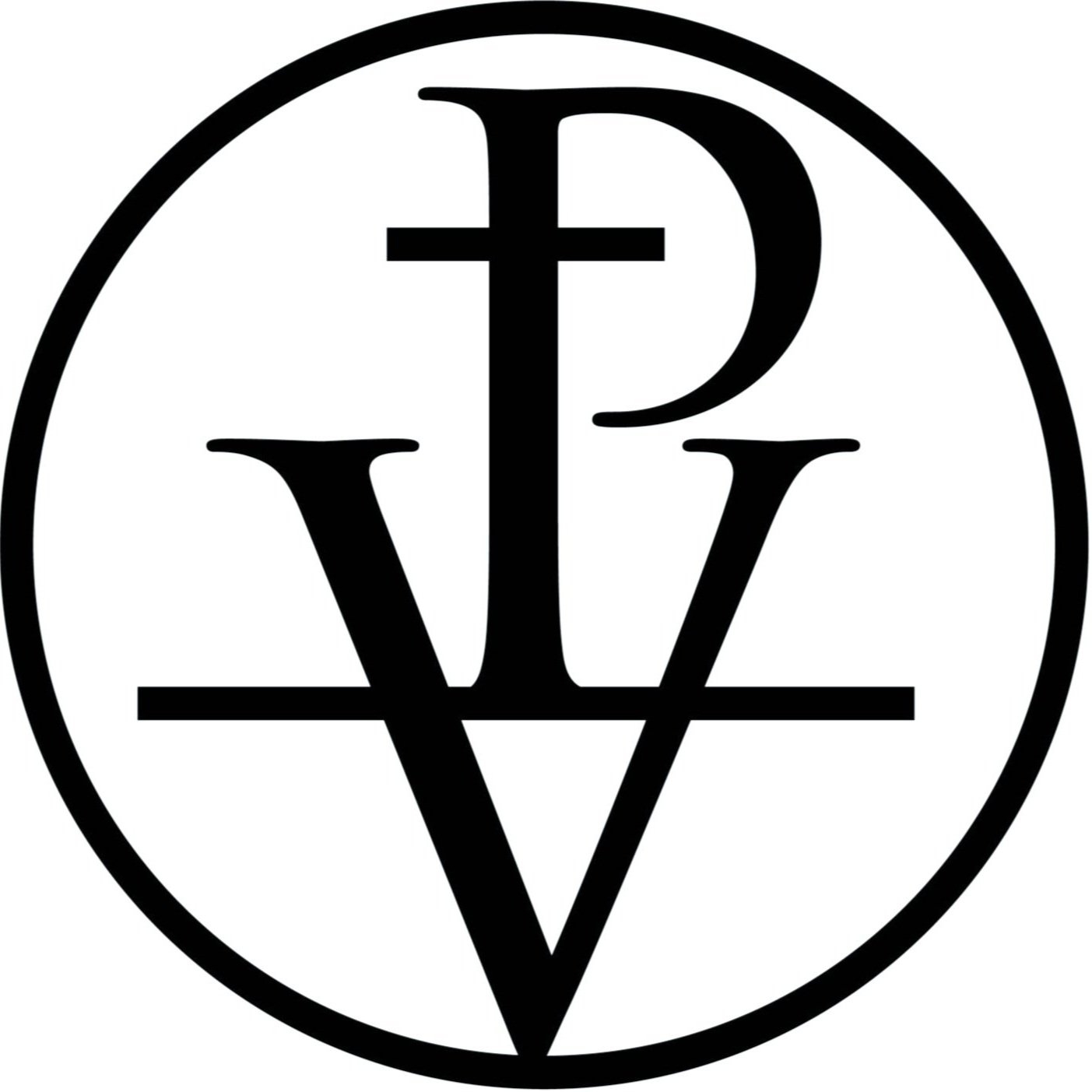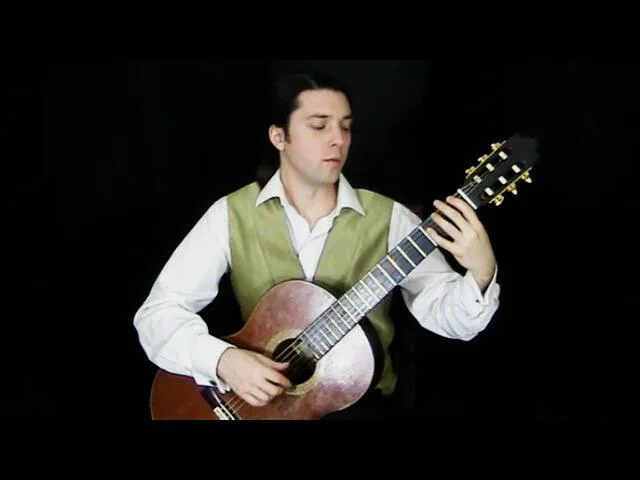HISTORY OF THE GUITAR SONATA
CYRIL SCOTT (1879-1970)
This is a rare gem of the modern guitar repertoire with an unusual history. Originally composed for Andrés Segovia, the work was premiered in Wigmore Hall in London in 1928 and later in the Odeon Theater in Buenos Aires. However, Segovia only performed the first movement and under the title ‘Reverie’. It is clear that the work was not to the performer’s taste, as he never performed the other movements, and the manuscript was tucked away among his papers and effectively disappeared for over 70 years.
Text continued below
SONATINA (1927)
I - ADAGIO
II - ALLEGRETTO PENSOSO
III - FINALE-ALLEGRO
Scott, probably discouraged by Segovia’s lack of enthusiasm, made no attempt to reclaim the manuscript and never ventured to write for the guitar again. This Sonata is on the long list of compositions – some by leading composers – rejected by the great Segovia. Presumably the musical language was too modern for his sensibilities.
Historians of the guitar read of the existence of the Sonata through Segovia’s correspondence with the Mexican composer Manuel María Ponce, in which the Sonata was mentioned. It wasn’t until 2001 that the manuscript was found, by which time Scott’s reputation as a composer had increased.
I have a personal relationship with this work and became acquainted with it through an interesting series of events. Many years ago, as I was hunting through a used book store in downtown Toronto, I stumbled on a book by Cyril Scott with the captivating title ‘Music: It’s Secret Influence Throughout the Ages’, which I read eagerly and can highly recommend. I accordingly acquainted myself with his compositions, biography, and other publications. The following summer I was working with guitar virtuoso Fabio Zanon in Quebec, during which time he gave the unofficial world premiere of the Cyril Scott Sonata for a select group. Julian Bream was scheduled to give the official world premiere of the complete Sonata at Wigmore Hall – the exact location of the work’s first unsuccessful partial performance – later that year, but I had the rare opportunity of hearing it performed for the first time.
The story goes on. Later that year, while I was attending masterclasses with the great conductor and Bach scholar Maestro Helmuth Rilling, I noticed a dignified-looking English gentleman sitting in front of me. We struck up a conversation, and it turns out that he was Desmond Scott, the son of the composer! We exchanged some words about his father’s musical and philosophical output and parted with mutual cordiality.
After such a sequence of serendipitous events, the work has occupied a cherished place in my repertoire over the years.


